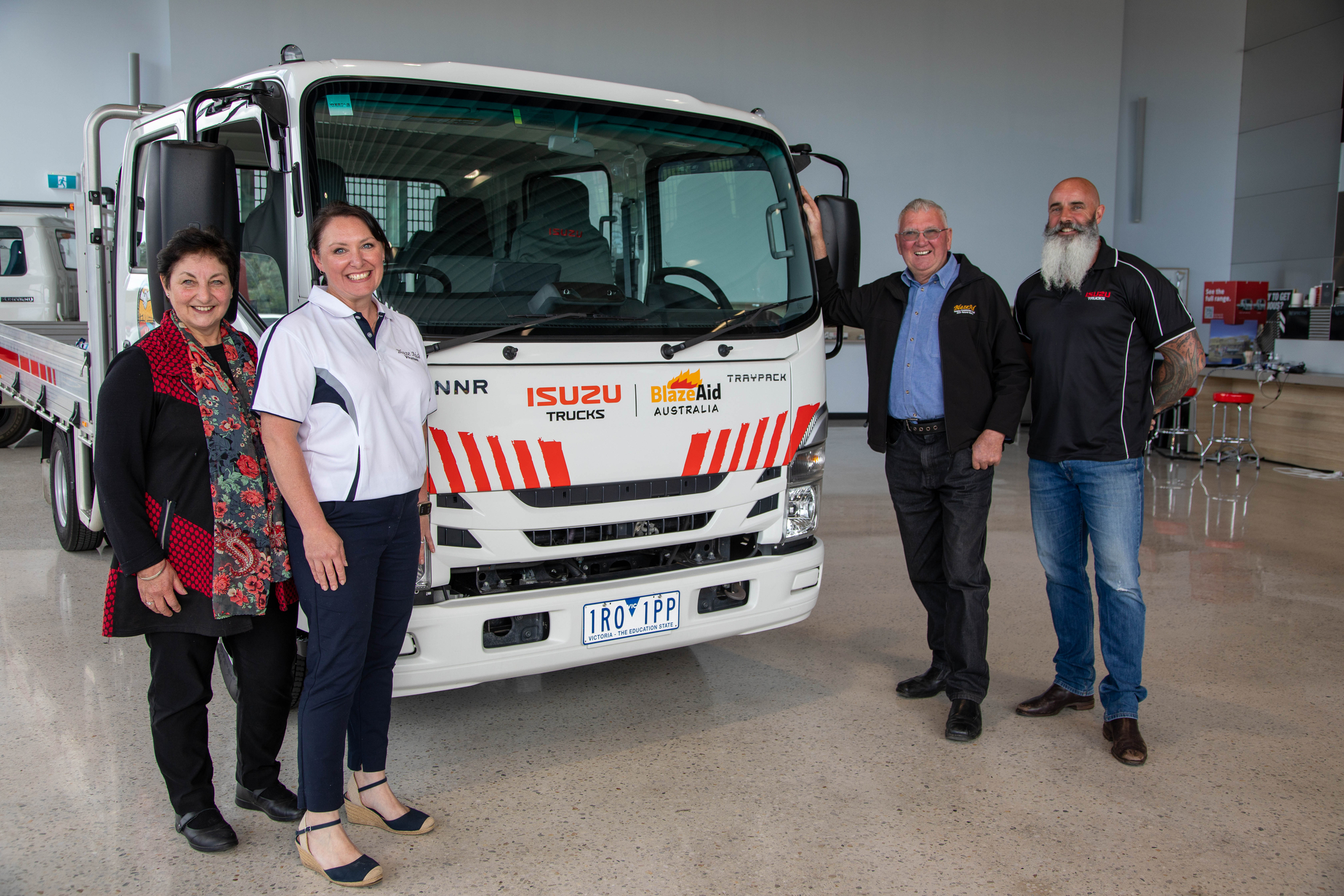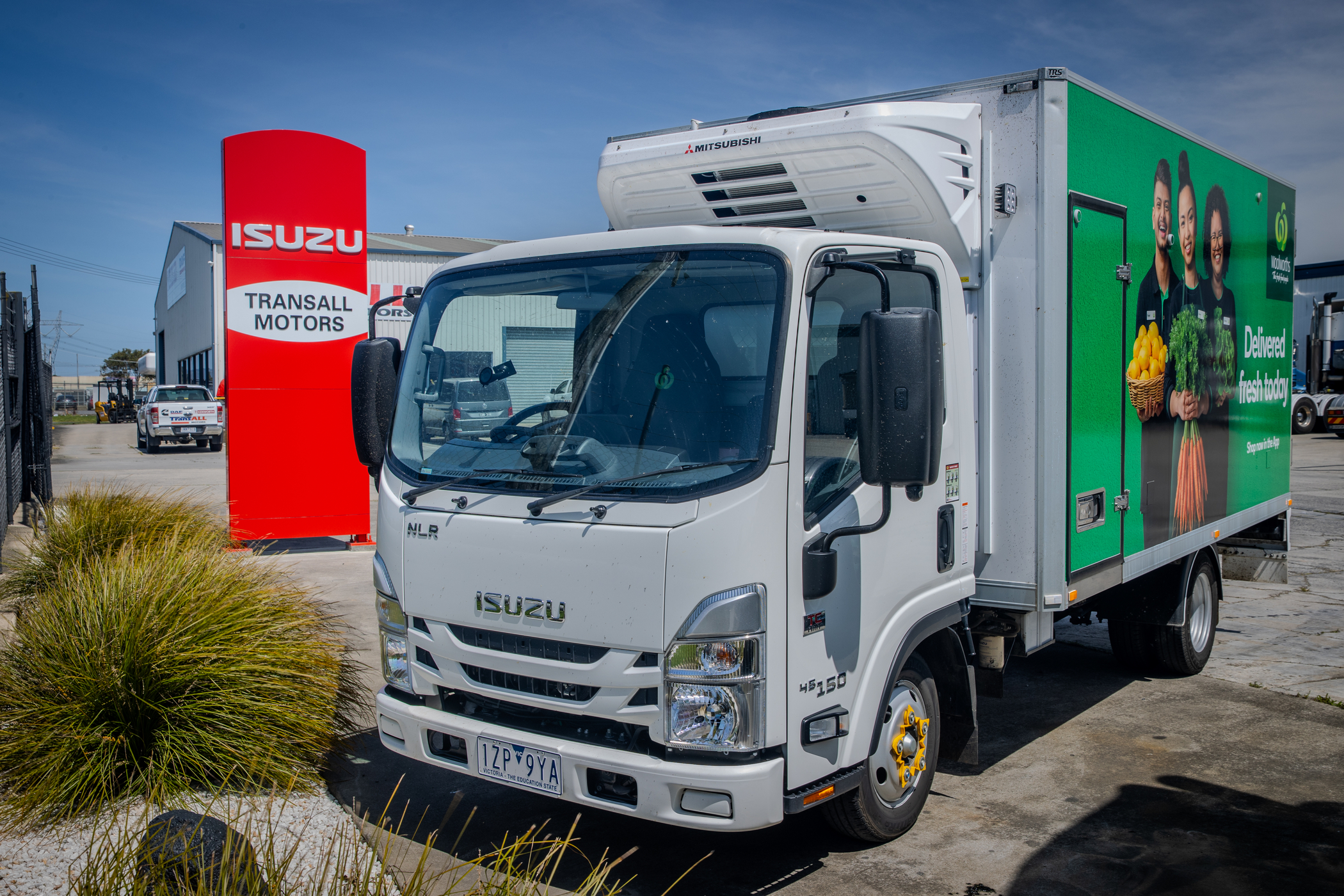TOP TIPS FOR A JOB IN TRUCKING

If you’ve ever considered a career in the trucking industry or are just dipping your toes to see what the job market has to offer; now is an unprecedented time to consider the careers on offer. The transport and logistics industry is one of the biggest employers in Australia but has, like almost all sectors, felt the pinch of the national labour shortage. This has left a sizeable gap for talented new entrants to make their mark.
Ever since the pandemic, a labour shortage has gripped many parts of the economy but due to the nature of the work, its transparency and visibility of public roads, the transport and logistics industry has received its fair share of coverage. Sadly, many of the stories relate to the supply chain issues that left shelves bare and had waiting lists for everything from medicine to truck parts, stretching deep into people’s calendars. As with many shortages, it is often rural communities that suffer the most.
The labour shortage is unfortunately still alive and well with many jobs up for grabs across the breadth of the sector, and not just in the driver’s seat. If you’re a half glass full type of person, it is not hard to see the opportunity in this situation.
If you’re considering a job in the transport and logistics industry, here are some great ways to get the road train rolling.
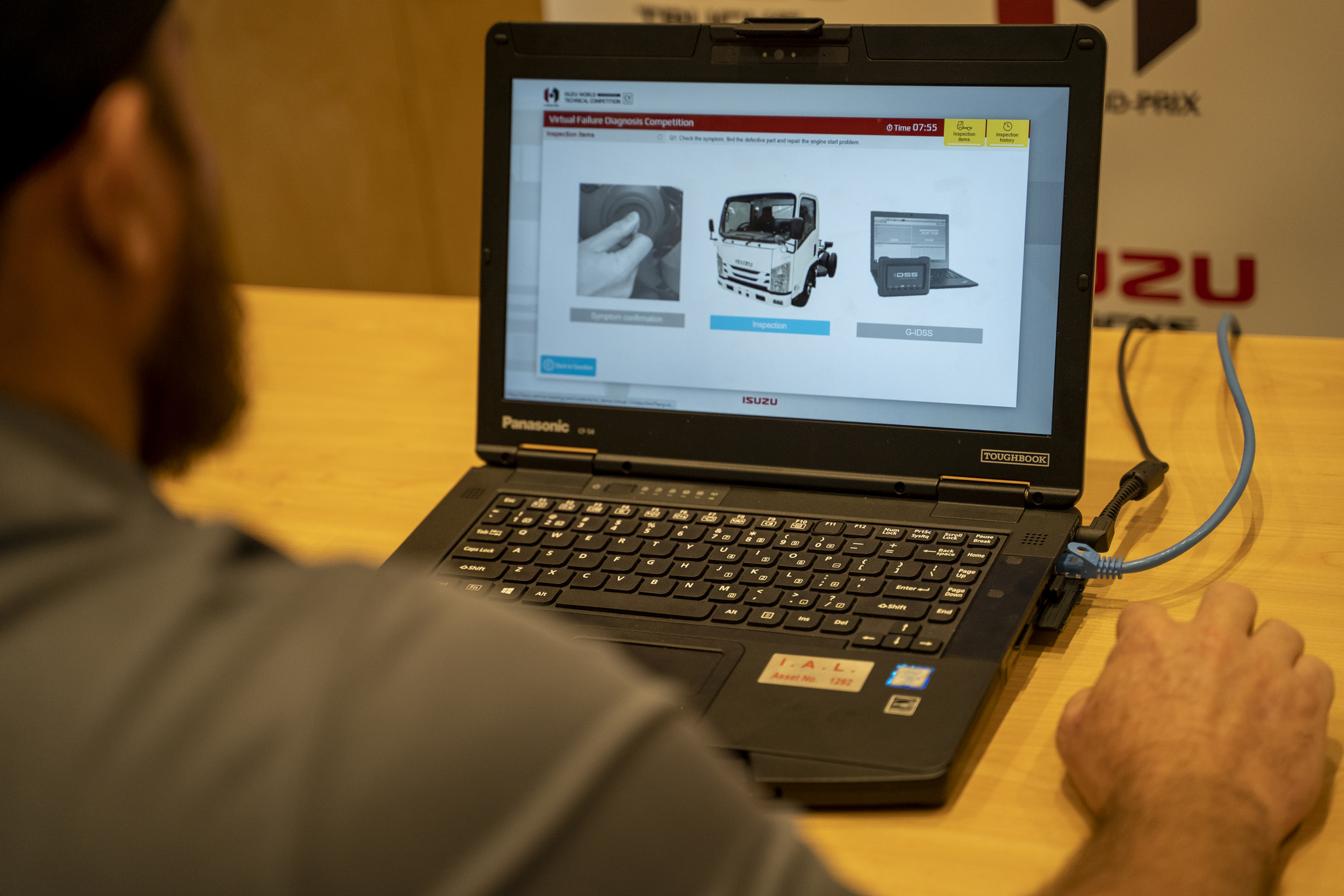
HEAVY VEHICLES 101 TRAINING
Heavy Vehicle Industry Australia (HVIA) represent the interests of manufacturers and suppliers of heavy vehicles and their components, equipment, and technology, nationwide. Their membership is a low-cost way for companies to ensure that people in the industry are given a voice to engage with and contribute to industry policy development. They also provide access to networking events as well as other perks for their 250+ members.
HVIA also have a separate arm dedicated to training up anyone new to the industry and providing as much context, terminology and essential information as possible. Their popular online course Heavy Vehicles 101 remains one of the best, low-cost ways to learn the lingo, whether you are a long-haul driver, an industry writer, a logistics specialist or any of the myriad other careers available to you.
GETTING YOUR START
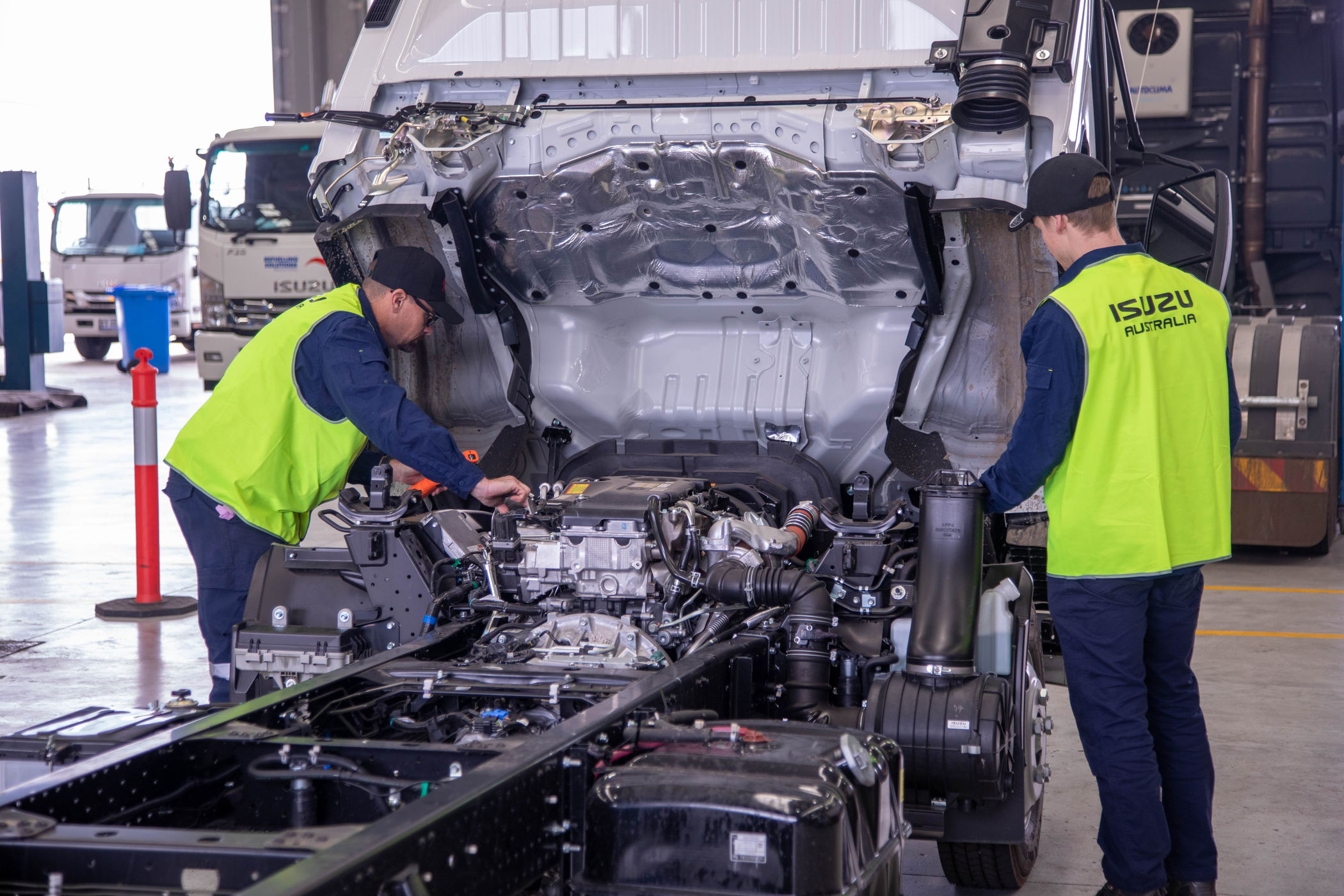
Education is the best way to get your foot on the ladder in any industry. If you’re hoping to make a strong start, look to TAFE courses such as the Certificate 3 in Driving Operations. This can give you a leg up and start you in the best possible position—and may help you to command a better starting salary.
Your Certificate 3 accreditation will give you an education in driving commercial vehicles, safety, operating in difficult conditions and heavy traffic and the mandatory paperwork that comes with the job.
These nationally recognised accreditations should be a first port of call when considering a career in trucking.
It also goes without saying that having the correct driving licences for the job is absolutely essential. Depending on the size of the vehicle. To drive a truck in Australia you will need to obtain at least a light-rigid licence which will allow you to drive trucks up to eight tonnes in mass with a towing trailer that’s no heavier than nine tonnes.
If getting in the driver’s seat isn’t your thing, there are tons of online learning opportunities and TAFE courses, check out this list of practical courses to upskill your work game.
BACK TO SCHOOL
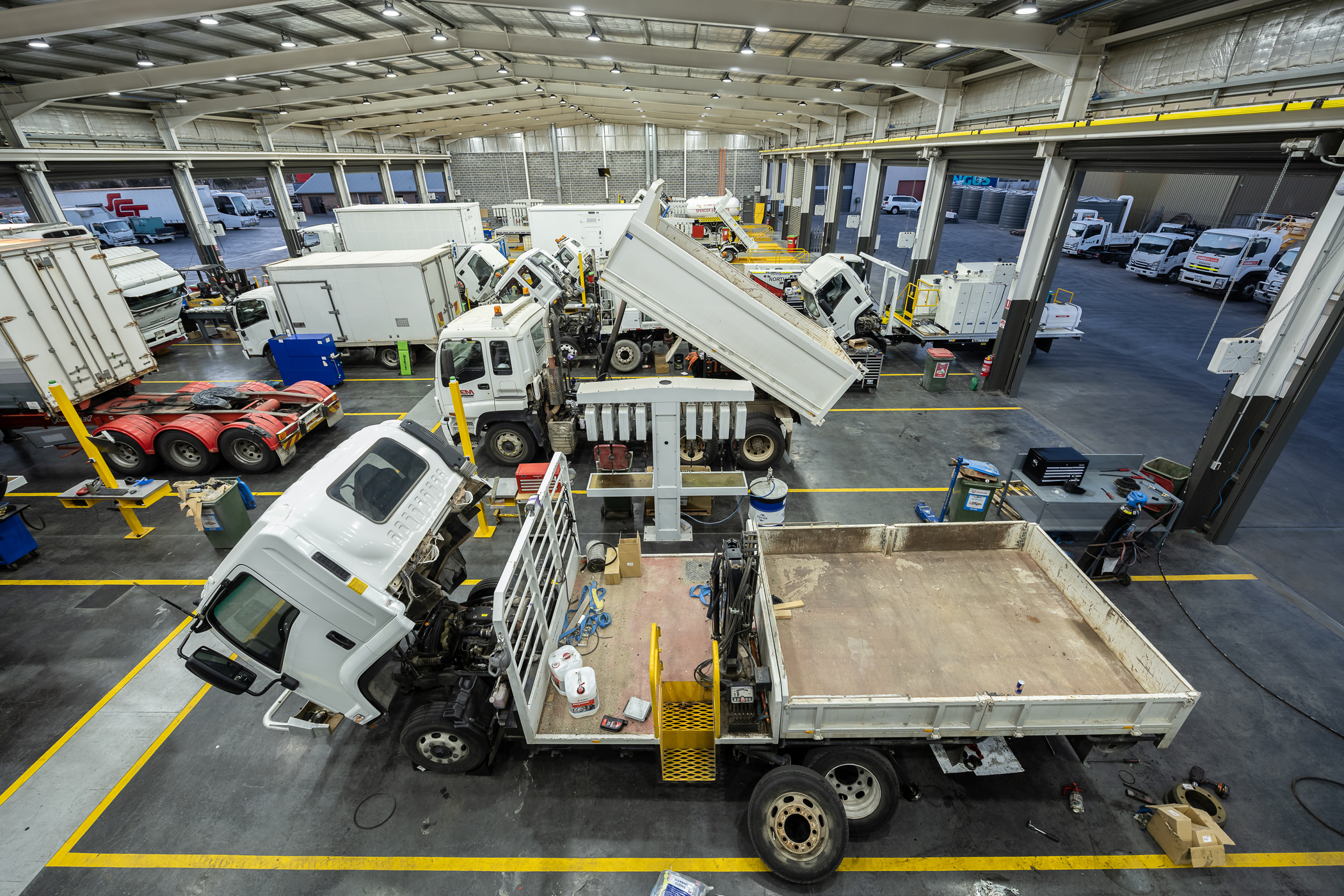
One expense you may have to contend with if you choose to drive trucks for a living is licensing. While many companies will happily pay for your training, many choose to purchase their own trucks or contract independently. In this case you may need to front the cost yourself, which will sting in the short term, but will no doubt be an investment in your future.
The correct licences may be obtained from a number of Registered Training Organisations (RTOs) and schools around the country—use a state-government based search to find a transport-accredited in your area. Most of these schools cater to a number of different languages and learning abilities but on average, a heavy rigid beginner’s course will typically run for two days and cost approximately two thousand dollars.
If you are an experienced driver and require less time, the time and cost go down with an advanced course being half that price and only taking approximately five hours.
GET TRUCKING
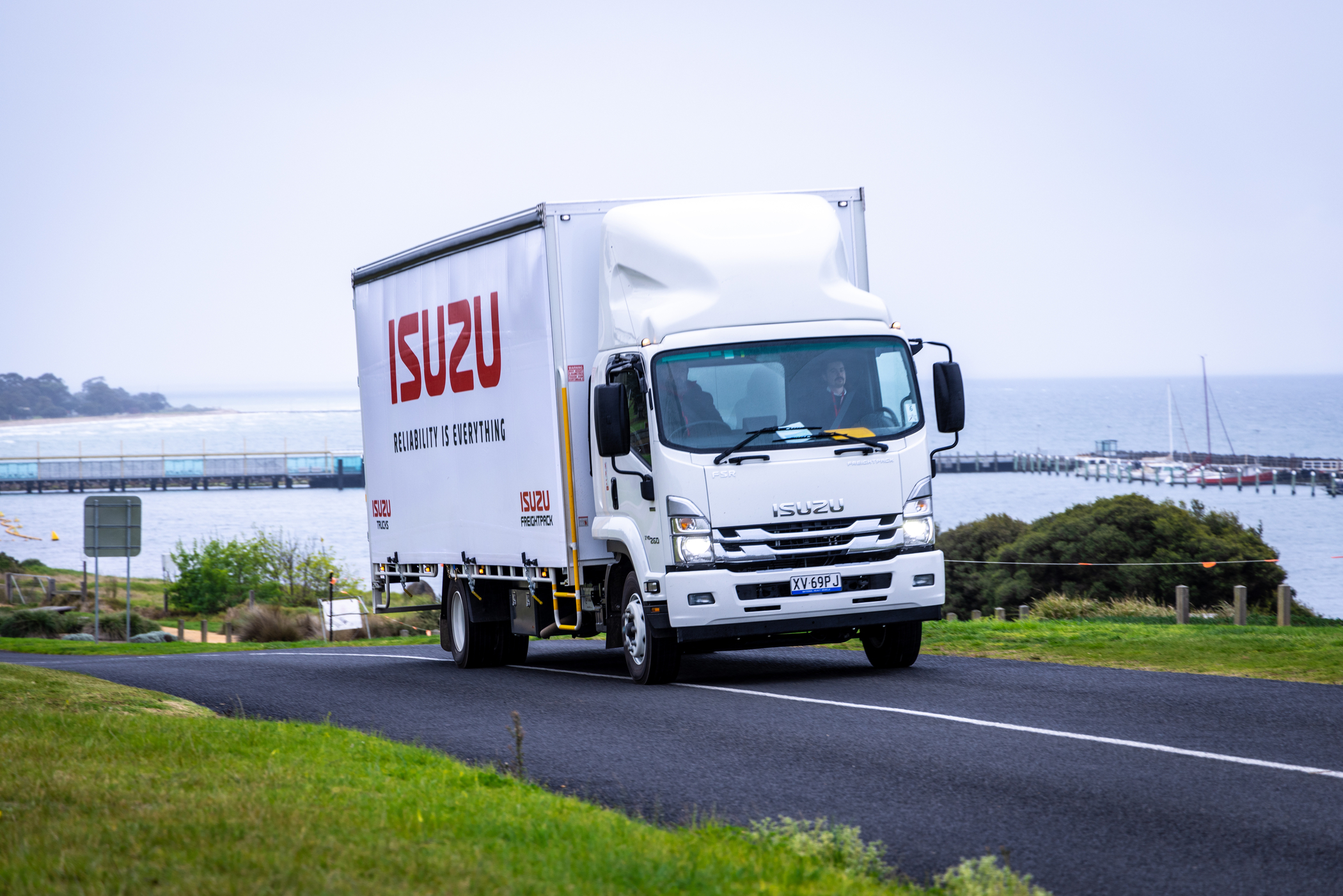
With so much space within the industry to break in, grow and thrive, there has never been a better time to enter the trucking industry than right now. Consider every part of the supply chain and where your talents would be best suited, get the appropriate licenses and look into the training and you will put yourself on the best possible path to success.
If you’re interested in seeing what big companies are doing to attract talent in a labour shortage, read this blog.


Lead the charge with Australia’s favourite truck.
2025 heralds Isuzu Trucks’ 36th year as market leader.* Number one in more than just sales, though, Isuzu Trucks has an unparalleled dealer support network, customer care program, truck range, and legendary reliability. To get behind the wheel of a winner, get into your nearest Isuzu Trucks Dealer now or visit isuzu.com.au
Learn More

